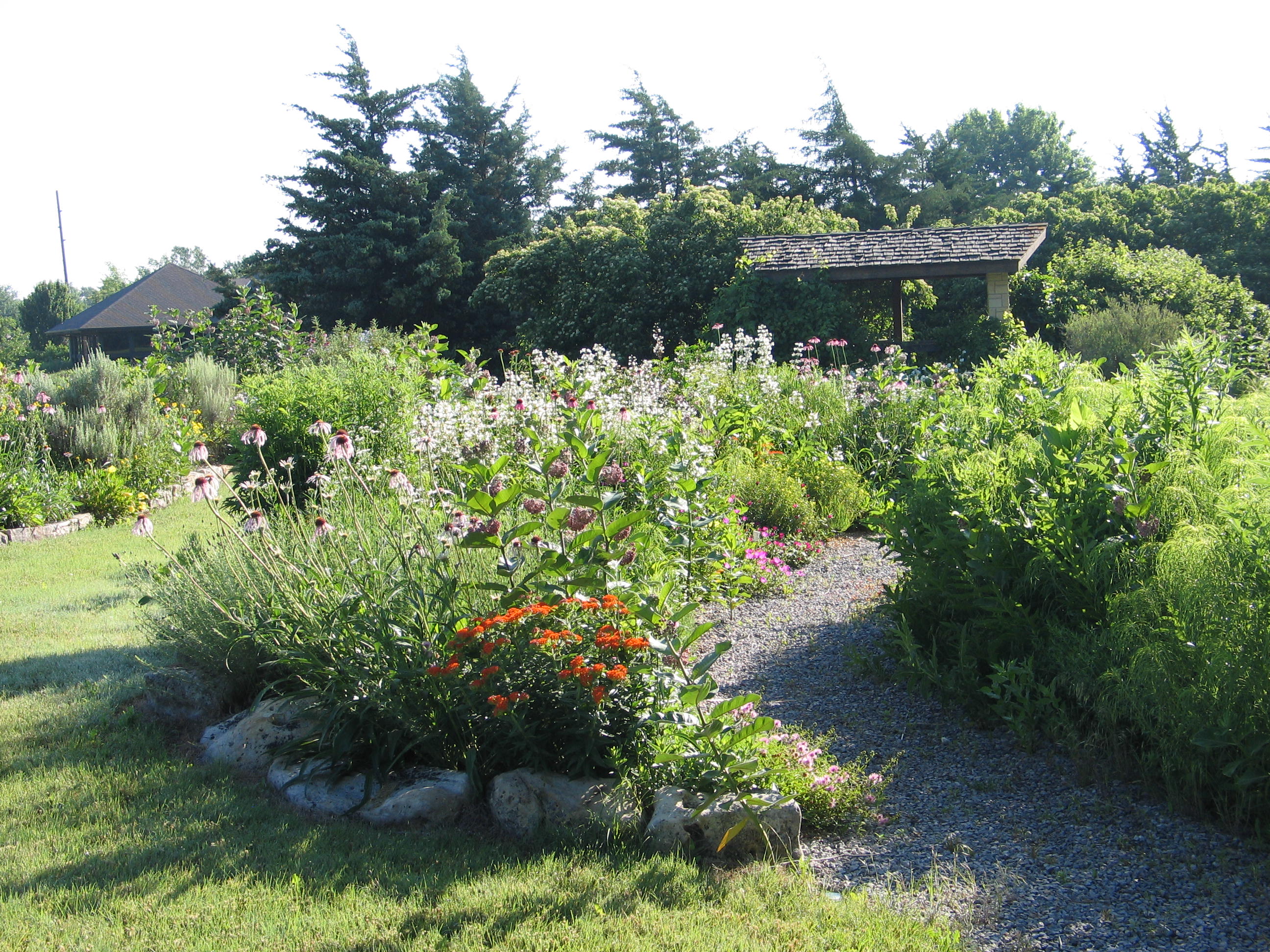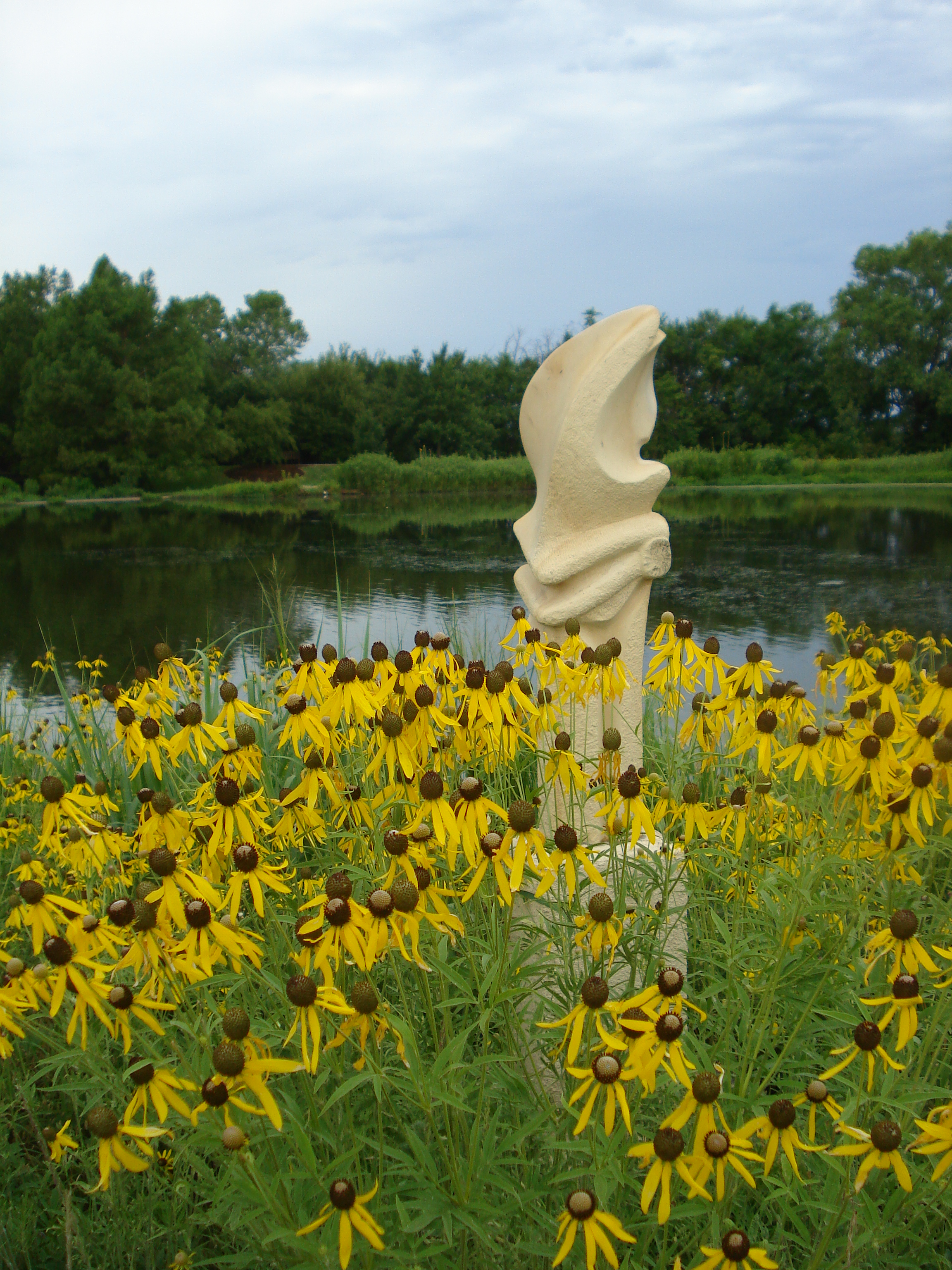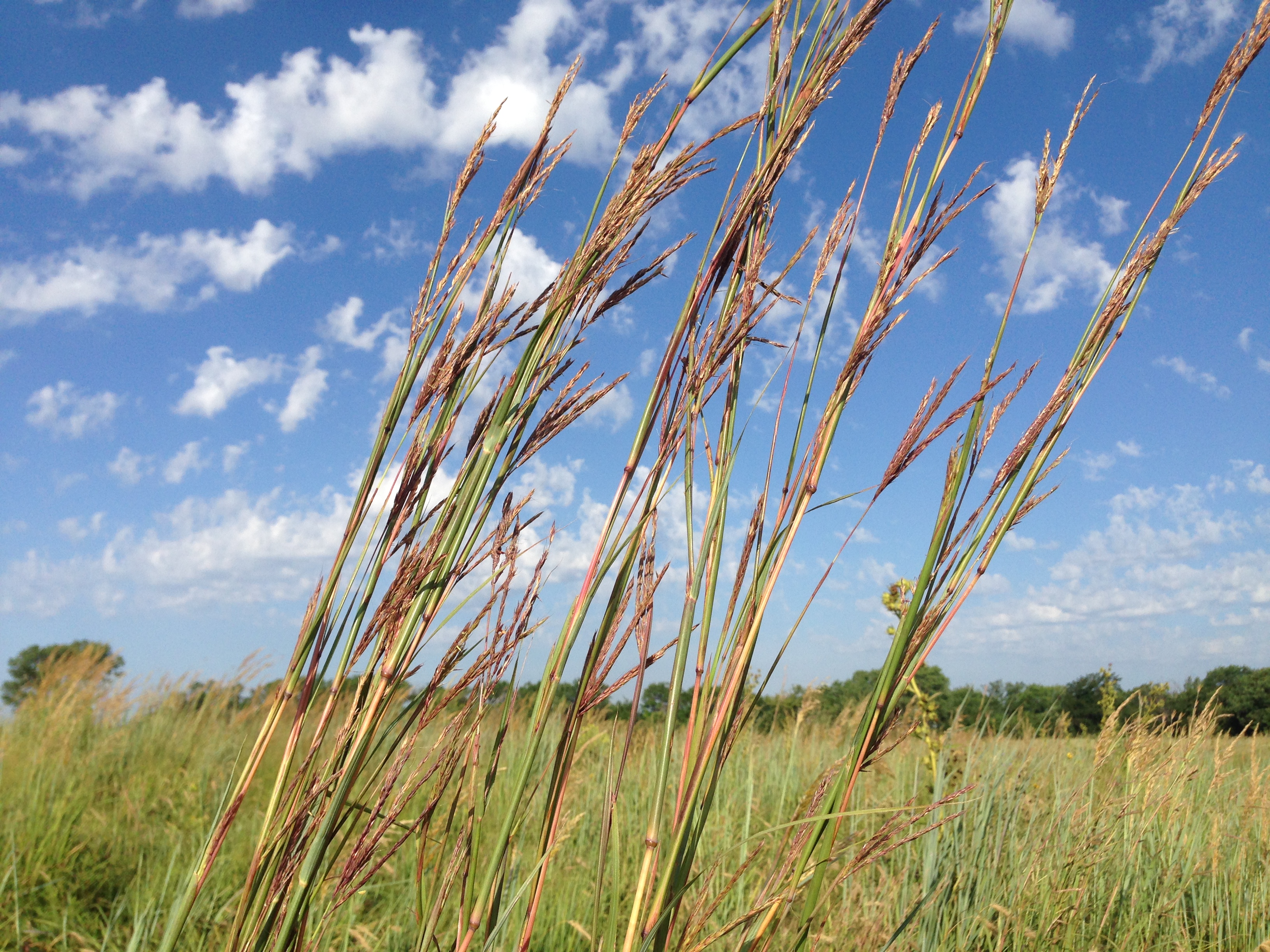I have found that a beautiful native landscape doesn’t magically appear. It starts with a plan. By choosing the right plants that grow well together in your setting, you will avoid many of the challenges homeowners face after the plants are established. Plant selection is the most important step in the process of developing a native landscape, but it can also be the most challenging. How do you select the best plants for a particular setting? What do you need to do to insure their success? Here are the steps I use to choose the best plants for a site and design a landscape that is both functional and beautiful.
Analyze the Location
You know your garden better than anyone. You know the soil type. Does it stay wet or is it extremely dry or something in between? You know how much sun your area receives during the day and throughout the year. You know where the water flows. Are there areas that you can utilize as a background or backdrop? Is there something you are trying to screen? Is there an area you are trying to develop? These are important questions that ultimately affect the types of plants you will choose.
Prepare the Site
Site preparation doesn’t have much to do with plant selection, but it is an important step to consider as you develop your native landscape. You need to get perennial weeds such as bindweed and Bermuda grass eradicated before you plant your garden. If these weeds are not eliminated, they will overrun and out compete anything you plant. Trust me on this. I am still fighting these weeds in certain areas in my yard because I didn’t complete this step.
It is also good to define the area with some kind of border. I have used metal edging, brick, limestone or landscape stone. Edging makes your native garden look intentional. Develop an area you can manage and fits your lifestyle. You can always expand, but a bed that is too large can quickly become overwhelming.
Choose the Plants
Once you have gathered all this information about your site and all the initial work has been done, you are ready to decide which plants will grow well together. The most important step in the selection process is matching plants to the site. You need to become familiar with every aspect of the plants through investigation, research and experience. I often start with one or two plants I know will grow in this location. Once I have established them as the foundation, the other plant combinations come easier.
I design each landscape with the finished picture in mind. I consider heights, bloom time, habit, forms and textures. We often only think about these plants when they are in bloom, but don’t forget their other qualities, such as seed heads that provide visual interest in the winter months. It provides you an opportunity to highlight these qualities with another perennials or native grasses (e.g. coneflower seed heads against little bluestem). I group plants together for visual affect and stagger blooms throughout the season. You want something coming into bloom and going out of bloom from spring through fall. I include grasses for texture and movement during the winter months.
Why plant a garden if you can’t enjoy it? I predict that your native landscape will be a hub of pollinator and butterfly activity. It will be an important link to other gardens in your neighborhood. It may even inspire you to establish other prairie gardens in your landscape. Your success may influence others to follow your example. A native plant garden should be cherished, because you are helping the natural world in so many far-reaching ways. Believe it or not, your garden will have a positive impact. So get started! Let your imagination and creativity inspire your design.









